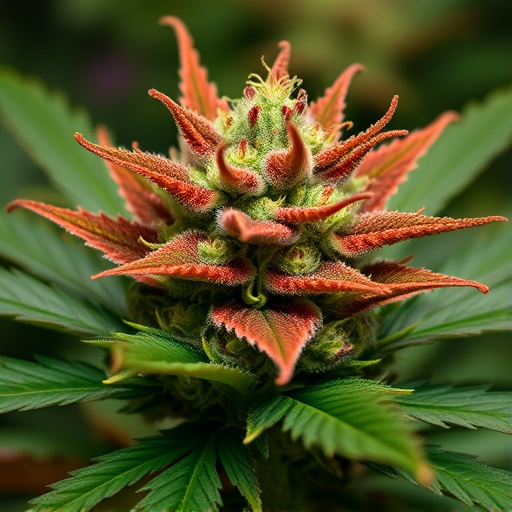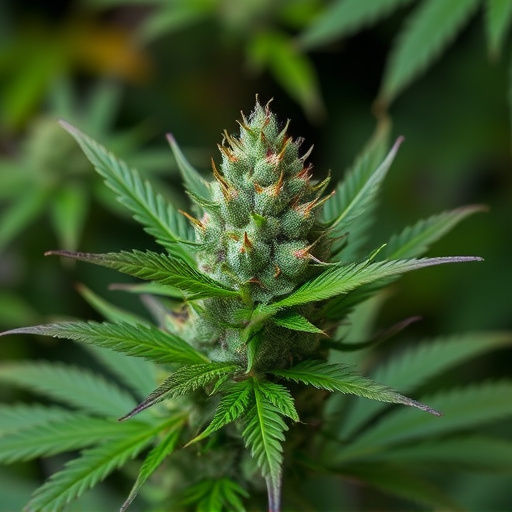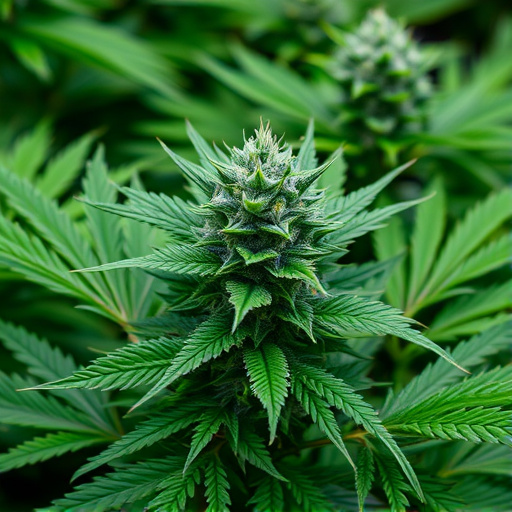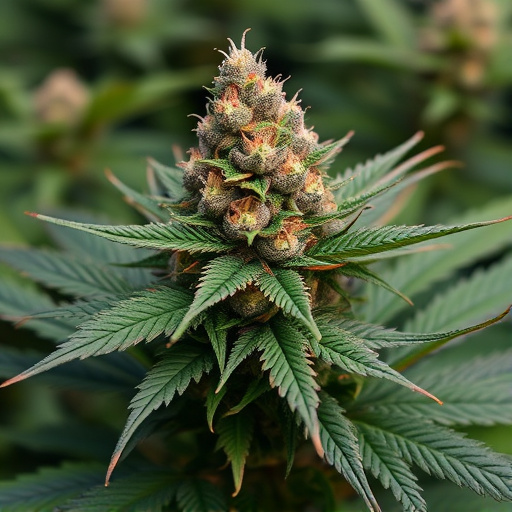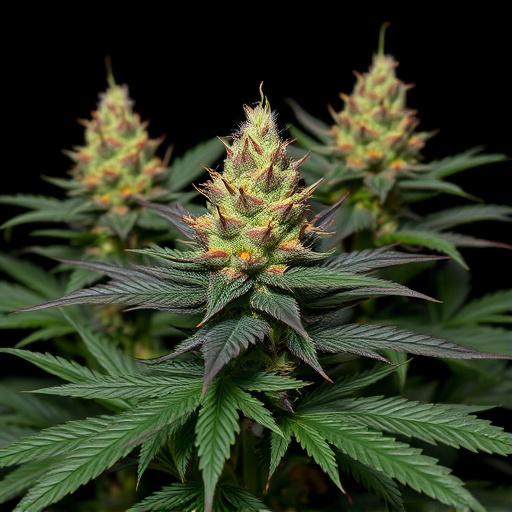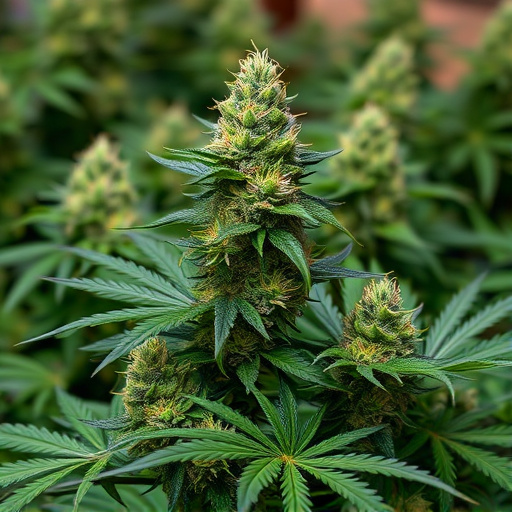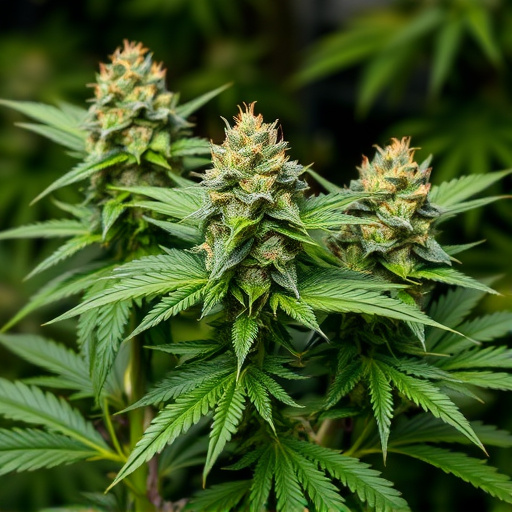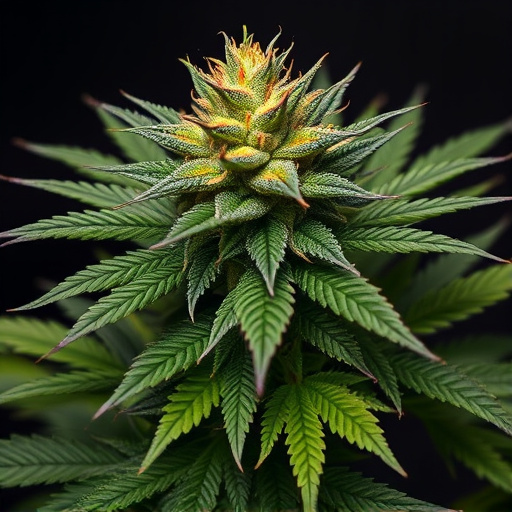In a competitive cannabis market characterized by limited cultivation and availability, rare indica strains are hard to find due to small-scale production by dedicated breeders focusing on quality over quantity. Geographical origins and unique genetic traits further contribute to their rarity. Cultivating these strains presents significant challenges, making large-scale production difficult, leading to limited supply and market scarcity. This is driven by commercial growers focusing on mass-producing popular varieties, regulatory factors, and varying legal statuses, posing obstacles for consumers seeking distinct effects or rare medicinal properties.
In the dynamic world of cannabis, the availability of certain strains has become an intriguing enigma for both cultivators and consumers. This phenomenon is driven by a complex interplay of factors, including limited cultivation, high demand, and regulatory barriers. With resource-intensive processes and specific environmental needs, growing rare indica cannabis strains like Sativa variants presents unique challenges. The overwhelming popularity of these Sativas has depleted resources, making less-demanded Indica varieties even harder to find. Additionally, legal restrictions add another layer of complexity, further limiting the market’s accessibility.
- Limited Cultivation and Availability
- – Discussing the challenge of cultivating rare strains due to resource-intensive processes and specific environmental requirements.
- – Mentioning how limited cultivation leads to lower production volumes, making these strains harder to source.
Limited Cultivation and Availability
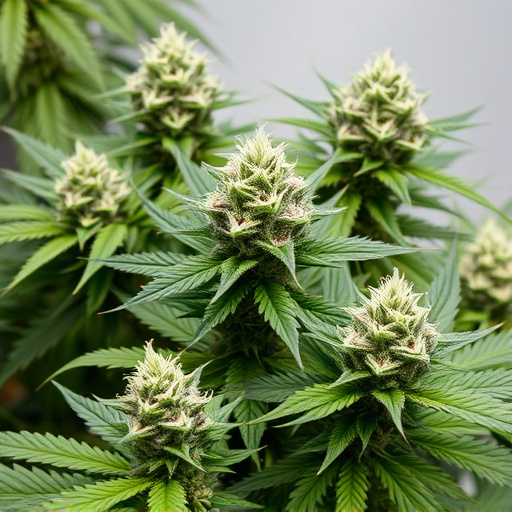
In the competitive world of cannabis, limited cultivation and availability play a significant role in making certain strains hard to find. Many sought-after indica cannabis strains are cultivated on a small scale by dedicated breeders who prioritize quality over quantity. This focused approach ensures that each plant receives meticulous care, resulting in superior terpene profiles and potent cannabinoid content. However, it also means that the supply of these rare strains is constrained, making them elusive to consumers.
The rarity of specific indica strains isn’t just about cultivation methods; it’s also tied to geographical origins and unique genetic traits. Some strains, native to remote regions or with complex genetic histories, are inherently less common. As the cannabis industry continues to grow, demand for these rare varieties has increased, further straining their availability. This dynamic creates a fascinating market where the most desirable strains often become coveted collectibles for both medical patients and recreational users alike.
– Discussing the challenge of cultivating rare strains due to resource-intensive processes and specific environmental requirements.
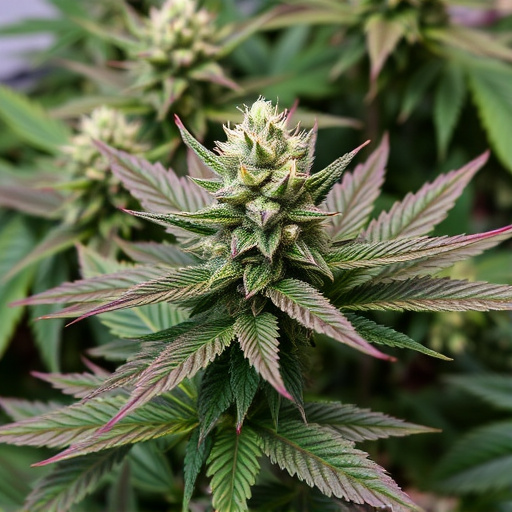
Cultivating rare cannabis strains, such as certain indica varieties, presents a unique set of challenges. These strains often require specific environmental conditions and meticulous care to thrive, making them more difficult to produce at large scales. The resource-intensive nature of growing these particular breeds further complicates their availability.
Indica cannabis strains, known for their calming effects and association with relaxation, often have intricate genetic backgrounds. They may demand precise temperature ranges, adequate humidity levels, and specialized nutrition to develop their distinct aromas and potent cannabinoids. These requirements can be challenging to maintain in a typical commercial growing facility, leading to limited production and subsequent scarcity on the market.
– Mentioning how limited cultivation leads to lower production volumes, making these strains harder to source.

The scarcity of certain indica cannabis strains on the market isn’t just a matter of popularity; it’s largely due to limited cultivation practices. Growers often focus on mass-producing well-known and in-demand varieties, which leads to lower volumes of lesser-known or niche strains. This discrepancy results in fewer seeds being planted, limiting the overall production capacity for these unique genotypes. Consequently, when consumers seek out specific indica strains known for their distinct effects or rare medicinal properties, they often find them hard to locate.
The challenge of sourcing these limited strains extends beyond cultivation. Even if a grower manages to produce a small batch, meeting the demand from eager customers can be difficult. This dynamic is further complicated by regulatory factors and varying legal statuses across different regions, which can restrict distribution channels. As a result, cannabis enthusiasts may find themselves on a quest to uncover these elusive indica strains, adding another layer of intrigue to their search for the perfect high.
The scarcity of certain indica cannabis strains on the market is largely attributed to the meticulous and resource-demanding cultivation process required to produce them. These strains, with their unique traits and medicinal benefits, demand specific environmental conditions and extensive care, resulting in lower production yields. Consequently, limited availability frustrates consumers seeking these specialized varieties, highlighting the need for growers to expand cultivation practices to meet the growing demand for diverse cannabis options.



